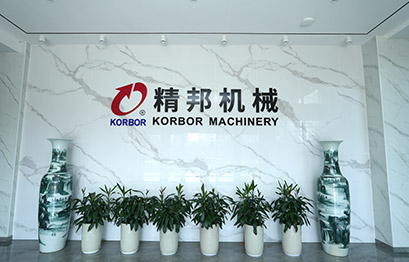Are TATA automobile camshafts surface treated? What surface treatment technologies are used?
Based on industry standards and best practices, as well as Anhui KORBOR Machinery Co., Ltd.'s deep background in camshaft manufacturing, it can be reasonably inferred that the camshafts used by TATA automobiles are likely to have undergone precision surface treatment to enhance their surface hardness, wear resistance, corrosion resistance, and improve friction performance with mating parts. This surface treatment not only helps the camshaft to maintain efficient operation under harsh working conditions, but also effectively reduces wear, extends maintenance cycles, and improves the overall performance and reliability of the engine.
Surface treatment technology used
Carburizing treatment: Anhui KORBOR Machinery Co., Ltd. uses advanced carburizing technology in the manufacturing process of camshafts. This technology significantly improves the hardness and wear resistance of the camshaft surface by infiltrating carbon atoms into the metal surface layer at high temperature to form a high-carbon alloy layer. After carburizing, the surface hardness of the camshaft can be greatly improved, while maintaining good toughness and strength in the core, achieving a perfect combination of hardness and toughness.
Quenching and tempering: After carburizing, the camshaft needs to be quenched and tempered. Quenching is to heat the workpiece to the austenite zone and then cool it rapidly to obtain a high-hardness martensitic structure. The subsequent tempering is to eliminate quenching stress, stabilize the structure, improve toughness, and prevent cracking. This heat treatment combination not only further enhances the hardness and wear resistance of the camshaft, but also ensures its stability and durability under complex stress conditions.
Surface coating technology: In addition to the above heat treatment processes, Anhui Keerbo may also use surface coating technology, such as ion nitriding (PVD), physical vapor deposition (PVD) or chemical vapor deposition (CVD), to apply a very thin but extremely hard protective layer to the camshaft surface. This coating can greatly improve the camshaft's wear and corrosion resistance, while reducing the friction coefficient with components such as valve tappets and improving engine efficiency. In particular, some special coatings, such as titanium nitride (TiN) or chromium nitride (CrN), not only provide excellent wear resistance, but also give the camshaft surface a bright color and enhance the visual effect.
Precision grinding and polishing: After heat treatment and possible coating treatment, the camshaft needs to undergo precision grinding and polishing. This process not only ensures the surface finish and dimensional accuracy of the camshaft, but also further improves the micro-geometry of its surface, which is conducive to reducing friction, reducing noise, and optimizing the opening and closing timing of the valve, thereby improving engine performance and fuel economy.
The advantages of Anhui KORBOR Machinery Co., Ltd. in the field of camshaft manufacturing are not only reflected in the above-mentioned advanced surface treatment technology, but also throughout the entire production process. The company has an efficient production line that can achieve high-precision and large-scale production, and strictly follows the IATF16949:2016 quality management system standard to ensure that the quality of each batch of camshafts is consistent and reaches the "zero defect" level. In addition, from blank casting to finished product delivery, KORBOR provides one-stop service, including material selection, heat treatment, precision machining, quality inspection and packaging and transportation, ensuring the reliability of product quality and punctuality of delivery time.

 English
English 中文简体
中文简体 русский
русский Español
Español










